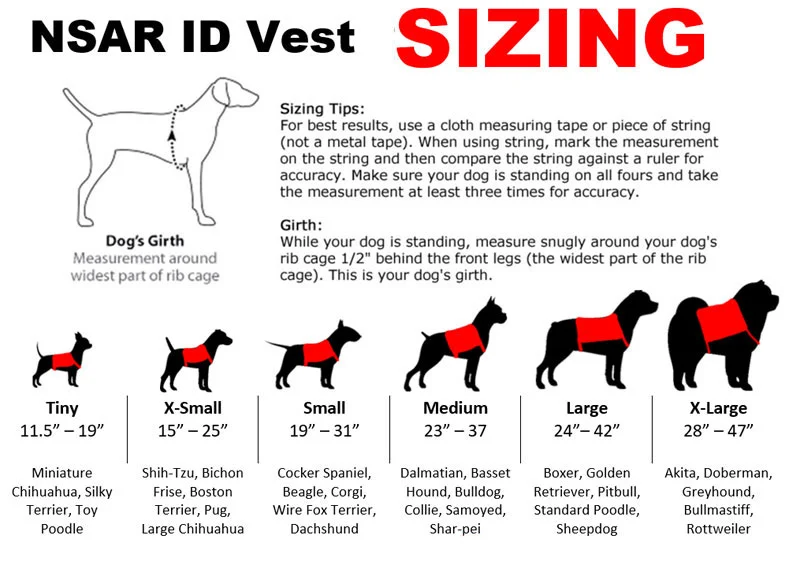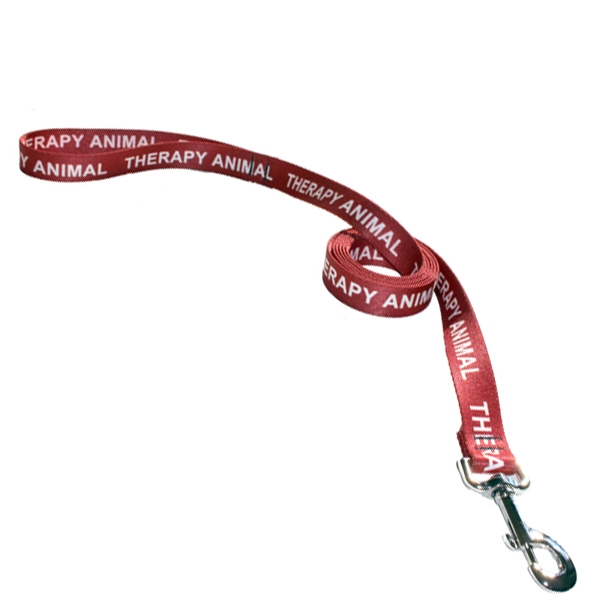How to help a Toddler and Dog Get Along

As toddlers grow up, it’s common for them to pull the tails of animals, grab onto fur, and play with animal’s toys. If this behavior is bothersome to your emotional support animal, it may be time to try out some of these tips for how your toddler and dog can get along better! Keep in mind, many of the ways to desensitize your dog to a toddler will differ depending on your dog’s personality.
You can gauge how your emotional support animal will do with a toddler, depending on a few simple personality traits. Considering how your dog does with being touched, how protective they are of their space or toys, and how well they do with someone being at their eye level can help you to determine if your dog may have trouble cohabitating with a toddler.
However, remember that even if your emotional support animal does have trouble with your toddler, you do not need to give up your dog! There are many ways to get through this trying time, both by desensitizing your dog and by creating boundaries so that your emotional support animal feels safe and comfortable.
Desensitization
The best way to work on desensitization with your dog is to expose them to the kind of behaviors your toddler may exhibit. This way your emotional support animal can get comfortable in a low risk situation. To start, be sure your dog can handle being touched anywhere. If they are comfortable with you touching them on any part of their body, this is a great start.
An ideal starting place is to handle your dog’s ears, hold their paws and apply differing pressure in different regions, gently tug on their tail, and pet their fur with different intensities. This will send the signal to your emotional support animal that regardless of pressure or intensity, they are not in danger in your home.
If these are big steps for your emotional support animal, be sure to continue rewarding them with praise and treats. This way your dog will only relate this kind of touch with positivity, treats, and praise from you. In addition, by starting this training with you, rather than your toddler, you are at lower risk if your dog reacts poorly at first to this training.
Allow Space

While it is important to expose your emotional support animal to touch, it is also important to allow them to take space from constant touch and attention. Maybe this means having your dog’s bed or crate be a safe space where your toddler cannot bother them. If this feels like an impossible change, use gates to block off a certain area of the house for your pup.
If you want to give your emotional support animal freedom from your toddler, use a gate to block off the room or area of the house they are in so that they can take some space. This will ensure when they are interacting with the toddler, they will have more patience, and know that they have a safety area where they can escape.
Managing Interactions
Remember that you cannot properly create a loving relationship without training both your emotional support animal and your toddler. Therefore, it is important to teach your toddler how to best interact with your emotional support animal and make sure you are facilitating interactions.
At first, it is recommended to sit by your dog with your toddler in your lap. Teach your toddler to put their hand out to the dog’s nose so that they can familiarize themselves with your toddler. Next, start petting the dog together. Since you are holding your toddlers’ hand and also petting your emotional support animal this will help your dog to feel safe and trusting.
This will also show your toddler how to best interact with your emotional support animal. By modeling the right behavior, your toddler will follow your lead. If there are times where your toddler is too rough with your dog, just explain to them that if they are too rough, they may hurt the dog.
If your toddler has a hard time staying gentle, move away from your emotional support animal and give them space for a little while before trying again when your toddler is a bit calmer. It is also important to remember that even if your emotional support animal is very kind and gentle with children, not all dogs are!
You should talk with your toddler about how to let a dog sniff their hand and how to pet gently because if they innately trust all dogs, they may be too trustworthy of animals they have never met. This lack of awareness around animals could result in a potentially traumatic experience which could set back their progress with feeling comfortable around animals.
Boundaries with Toys

Finally, there are many dogs, and toddlers, that are protective over their toys and their safe spaces. While your emotional support animal may be very loving and friendly, that does not mean they will not be protective over their toys or their bed if your toddler starts to play with their things.
A great way to navigate this is to keep your dog’s toys and treats exclusively in their private space. If they have a crate or a room to themselves that is set aside as their space, make sure you are only giving them their food, toys, and treats in this spot and make this area off limits to your toddler.
You will not risk any aggressive behavior to your toddler if your emotional support animal has all of their things in a space that is their own. If you are not sure if this is a potential problem, take note of how your emotional support animal reacts to you touching their treats and toys. If they borderline on aggressive behavior with you, assume this will persist with your toddler.
Conclusion
Teaching your toddler and emotional support animal to interact peacefully does not need to be a daunting task. Be sure to develop trust between your dog and toddler and provide space for both individuals to feel safe and calm down after interactions; and remember, with young children it is recommended to oversee all interactions with animals.

















































